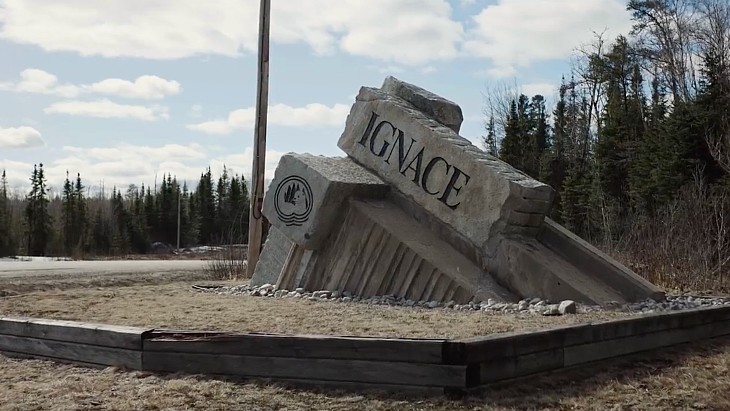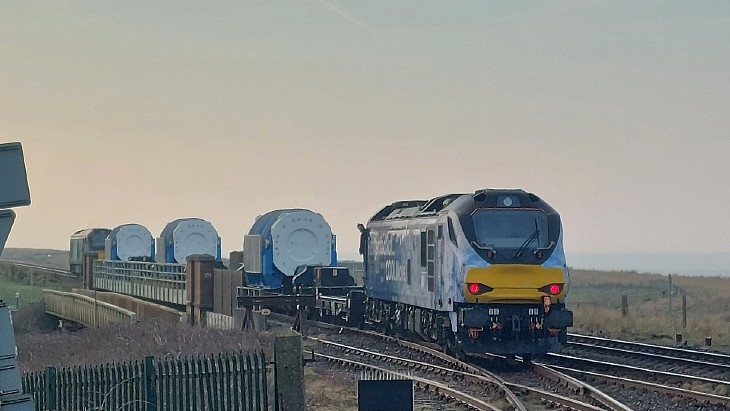In-container vitrification to be evaluated at Sellafield
A demonstration plant for vitrifying radioactive waste within containers used for transport and disposal is to be built at the central laboratory of the UK's National Nuclear Laboratory at Sellafield.
In 2009, Sellafield Limited selected US waste treatment company Kurion's GeoMelt vitrification technology for initial evaluation of in-container vitrification (ICV) to treat a range of waste forms and provide a potential alternative approach to baseline techniques. Treatment of Sellafield nuclear waste simulant using the technology was performed at Kurion's Horn Rapids Test Site in Richland, Washington.
Following successful results, a full-scale ICV plant will now be supplied to the NNL at the Sellafield site by Kurion. The companies said that the plant at Sellafield will serve as a test facility and a "partnership platform" for nuclear waste disposal across Europe.
With a half a cubic metre melt capacity, the plant will initially be used for batch processing different and mixed low-level radioactive wastes, but could lead to the construction of a larger facility or several smaller or mobile plants. If successful, the technology could later be applied to intermediate-level waste.
The ICV plant will use commercially available containers - typically drums or boxes - which are then lined with heat-resistant material to serve as the melt container. Contaminated matter is then placed in the lined container and vitrified in a glass-like substance. When the melt has solidified, the container of vitrified waste is transported to a disposal site or the vitrified waste is removed and repackaged for disposal.
The use of the ICV container as the melter vessel as well as the transport and disposal container reduces capital and operating costs compared with other vitrification processes, Kurion claims.
In a joint statement NNL and Kurion said that thermal treatment of nuclear waste has seen renewed interest in the UK recently. This, they say, is due to "the advantages that can be gained in terms of reduced waste volumes, compatibility with reactive metals and organics, and its ability to treat mixed generic wastes while producing a durable, non-leachable waste form."
Together Kurion and NNL "hope to provide the nuclear industry with a ready-made platform which will demonstrate the treatment of a variety of waste streams and realise the benefits of thermal waste treatment as rapidly as possible," according to NNL's director of waste management and decommissioning Nick Hanigan.
Kurion acquired GeoMelt Technologies from Impact Services in 2012. The technology - which can be used for the treatment and disposal of not only radioactive materials, but also hazardous organics and heavy metals - has been in commercial use since the 1990s. More than 26,000 tonnes of hazardous waste has already been treated in the USA, Japan and Australia. Kurion said its GeoMelt technology is ideal for treating solid and bulk waste.
Researched and written
by World Nuclear News
_17992.jpg)
_75800.jpg)








_50521.jpg)

